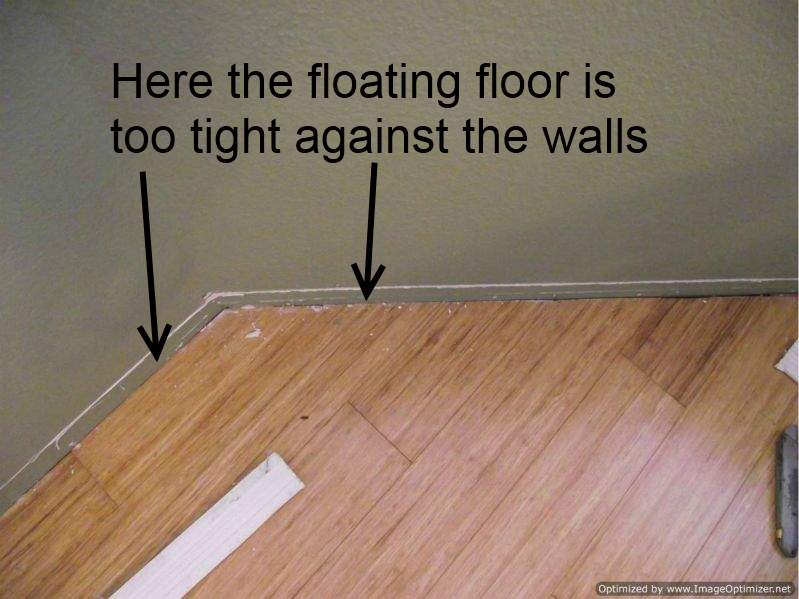Install Tile Over Laminate Countertop and Backsplash. Easily install a limestone and glass tile wall using these step-by-step instructions. Browse 284 photos of Installing Wall Laminate. Find ideas and inspiration for Installing Wall Laminate to add to your own home.

Advanced Artist Coreldraw Vector Power Training Rapidshare. Crysis 2 Hunter Mod V3.2 on this page. Any deviations in the wall surface will cause gaps along the back edge of the countertop. In these situations, the best finish is achieved by scribing the countertop to fit the wall. Consider that you will lose some countertop depth, so if the gaps are large, buy a wider countertop and trim it as described below. Position the countertop with the back edge touching the wall and the front edge overhanging the cabinets by the same distance along the run (Image 1). Measure the largest gap between the countertop and the wall and cut a small scribing block of wood the same width (Image 2). Hold a pencil at one side of the block as you run the other end along the wall (Image 3).
This will provide a guide line for trimming. Use a jigsaw to cut along the line (Image 4). You may need to use a sander or plane where a small amount of material needs to be removed. Reposition the countertop and check that you have a good fit between wall and countertop, and a consistent overhang at the front (Image 5). For a straight run, the countertop needs to be cut to the right length, including an overhang of about 1 inch (25 mm) at each end. Handsaws or power saws can be used.
Make sure you use an appropriate blade. For a laminate countertop, place masking tape over the cutting line to help prevent any splintering of the laminate surface. Draw a pencil line across the countertop where you want to cut it, and cover the line with masking tape (Image 1). Clamp a straight edge to the countertop along the guide line (a metal ruler is ideal). Using a utility knife, score down the line through the masking tape (Image 2). Fred Hammond The Inner Court Rar.
Carefully saw through the scored line using a panel saw (Image 3). Make sure the countertop is well supported on both sides of the cut. Remove the remaining masking tape. Use a block plane to smooth the cut end of the countertop (Image 4). If you have a wider counter than you need, you can trim it at the same time as scribing it to fit.
With the counter positioned on top of the base units, work out the width of material that needs to be removed to leave you with your desired overhang. Subtract the width of the largest gap at the back of the countertop from the trimming amount and cut a scribing block of this length. Use the block in the same way described above. Deciding on what size of overhang is required at the front of the units is a matter of personal taste.
Some people prefer a finish fairly flush with the drawer fronts, other people prefer a larger overhang. The standard overhang is 1 1/2 inches (38 mm). Cut through the countertop using the method shown left.

Square edges mean that two sections of countertop can be easily and neatly butt-joined without the need for a countertop jig. Once the countertop is fixed in place, the front edge may then be finished using a router. Cut the countertop lengths to size and, if necessary, scribe. Apply wood glue along one of the joining edges. Push the countertop together and secure the joint using a mending plate and screws. You may need to drill pilot holes for the screws, and apply weight to the countertop as you fasten the screws.
Wipe away excess glue. For an even stronger joint, use two or even three mending plates. Laminate countertops These often have unfinished edges that require covering with laminate strips supplied by the manufacturer. The strips can sometimes be ironed on, but others will need contact adhesive. Once the strip is fastened in place and any adhesive is dry, you can trim the edges flush using a utility knife.